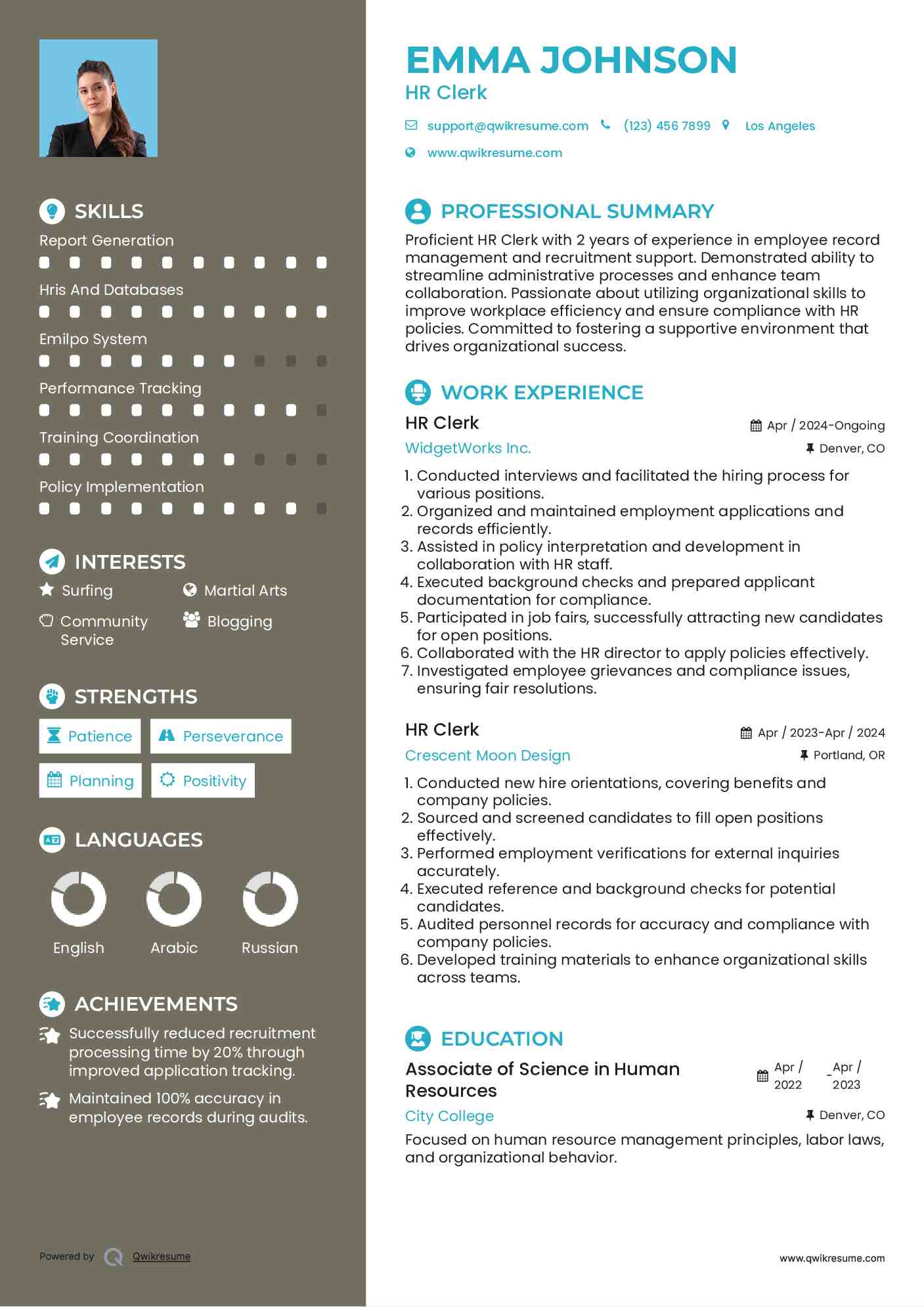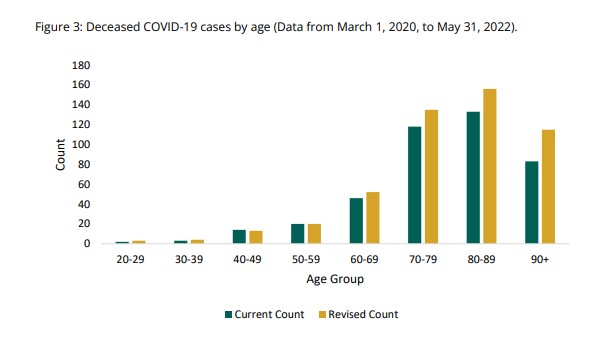

(20−22) International mercury trade presents a link between the supply side, such as mercury mining, and the demand side, such as ASGM, which is a major mercury user. (15) Previous works have reported illegal imports, mainly the smuggling of mercury that originated from artisanal and small-scale gold mining (ASGM) in Asia, (16,17) Africa, (18,19) and Latin America. (13−15) This study’s definition of “illegal” follows that of the United Nations Environment Programme (UNEP), which defines the import and export of mercury without meeting legal requirements as illegal.

Difficulties in controlling international mercury trade are caused by illegal trade practices not clearly defined in the Convention. (7−9) Mercury’s export without prior consent is banned, and the export can be made only for permitted uses or environmentally sound storage. (12)Īrticle 3 of the Convention includes provisions to control international mercury trade and adopts a prior informed consent procedure. (11) As the international movement to phase out mercury gains momentum, concerns about international mercury trade are increasing. (9,10) The Convention’s advantage over other environmental conventions is that it includes a tripartite institutional design comprising legally binding regulations, an independent financial mechanism, and a compliance mechanism. (7,8) The Convention came into force in 2017 and currently includes 137 party countries. (5,6) To control mercury’s anthropogenic life cycle internationally, including mining, international trade, production, use, and waste management, the Minamata Convention on Mercury (hereafter, “Convention”) was adopted in 2013.

(1−4) Additionally, the EU and the United States have directly banned the exports of mercury since 20, respectively. Regulations targeting mercury-added products include the End-of-Life Vehicles (ELV) directive of 2003, the Restriction of Hazardous Substances (RoHS) directive of 2006 in the European Union (EU), and the Electronic Waste Recycling Act (EWRA) of 2007 in California. Our society is phasing out mercury through international environmental regulations because of its damaging effects on human health and ecosystems. Our analyses detecting the illegal trade of related countries contribute to the effectiveness evaluation and custom capacity building required in the Minamata Convention by offering a data-driven method to enable the effective detection of illegal mercury trade. Through an ICC analysis focusing on exporting and importing countries, the validity of the ICC analysis was verified as a way to detect illegal intercountry trade of mercury. The year-based ICC analysis identified a tendency to reduce the detection of discrepancies in the reported mirrored exports and imports for mercury at the intercountry level under the recent mercury phase-out movement. To analyze the trends by year and country for discrepancies in intercountry mercury trade, an intraclass correlation coefficient (ICC) was applied to the mirrored exports and imports from trade statistics of each country provided by the UN Comtrade. This study aims to detect the existence of illegal intercountry mercury trade under the social mercury phase-out movement, focusing on discrepancies in each country’s trade statistics. The ongoing international movement to phase out mercury, mainly led by the Minamata Convention on Mercury, raises concerns about illegal intercountry trade, including smuggling.


 0 kommentar(er)
0 kommentar(er)
